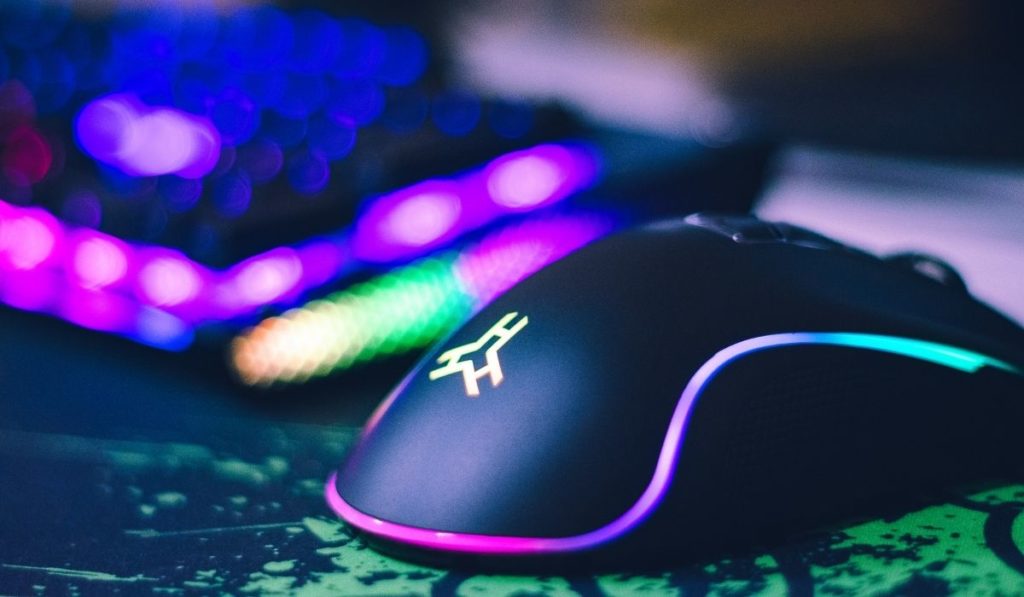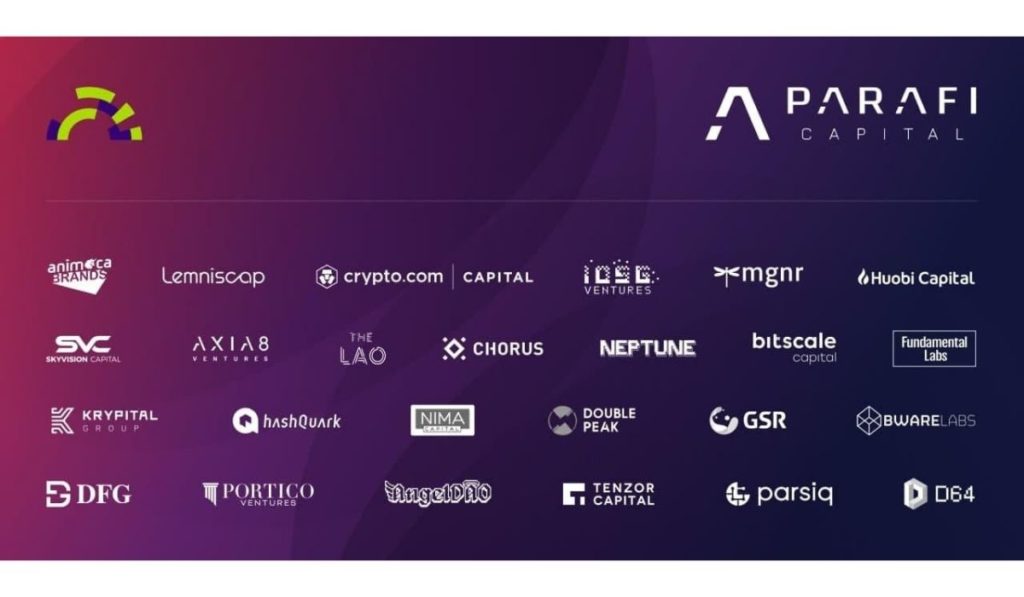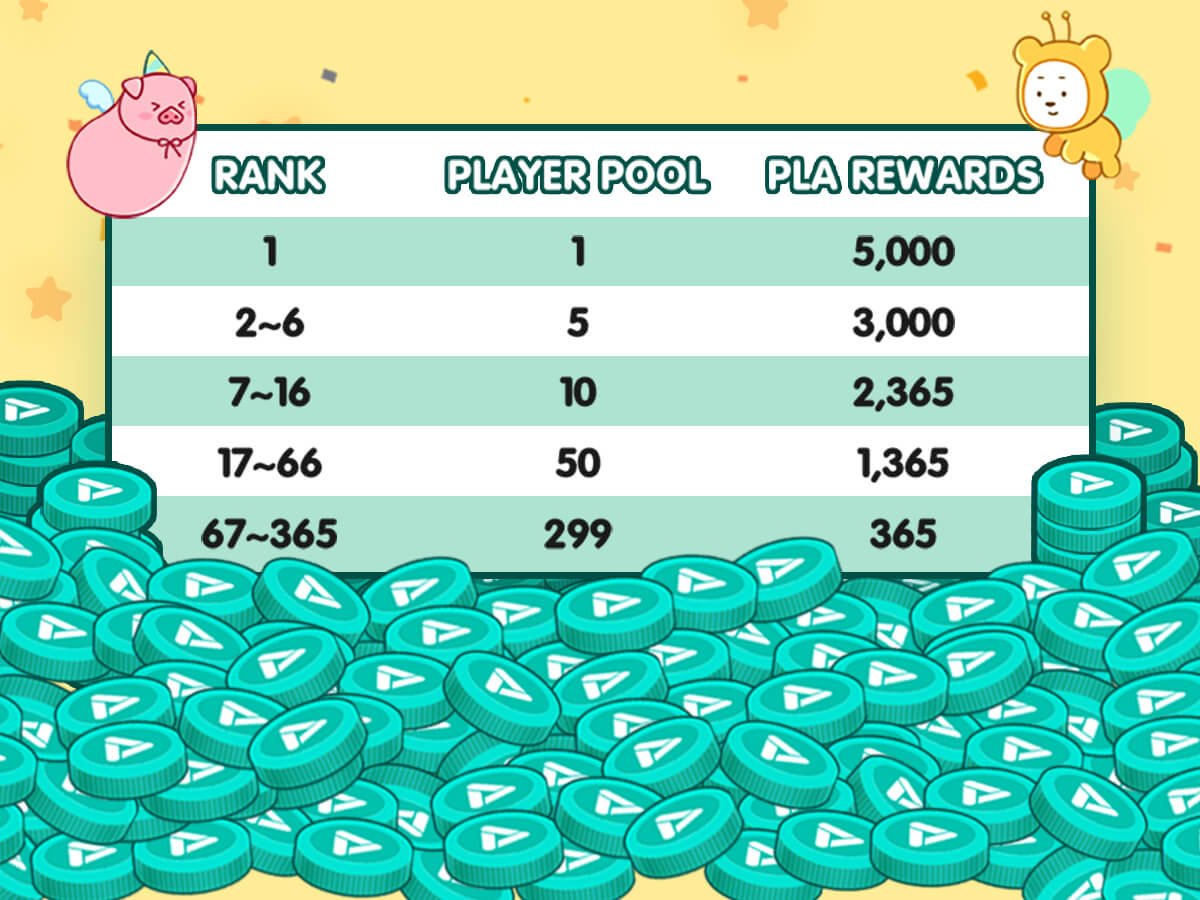2022-9-7 04:04 |
Interoperability is the seamless transfer of data between different blockchains. When multiple blockchains are interoperable, they can speak to one another. As such, NFT interoperability means that you can share and trade NFTs across different blockchain networks and applications seamlessly.
Currently, we are far from achieving true blockchain interoperability, and the NFT ecosystem has its share of it. Although the most preferred blockchain for NFTs is still Ethereum, the industry is undergoing rapid change, and so many advancements are occurring on other blockchains, such as Flow, Cardano, and Solana.
How does the interoperability problem influence NFTs?The lack of interoperability is a significant obstacle that hinders a smooth web3 experience. The multichain nature of the NFT ecosystem is perceived as flawed by many NFT holders because they have to switch back and forth between different chains to use, monitor, or trade their assets. This process includes a technical understanding of crypto wallets and other interfaces, which can be complicated for many users.
Interoperability-related pitfalls particularly concern blockchain gamers because they’re unable to move their in-game NFT assets from one game to another. Players invest considerable money and time to acquire those assets, yet they’re bound to a handful of blockchain games.
The status quo of NFT marketplaces isn’t bright either. In an ideal world, they could allow bidding, listing, buying, and selling of NFTs on any chain. At the moment, most marketplaces are only functioning for one specific blockchain. Magic Eden is a marketplace for Solana NFTs, while CNFT is Cardano-specific, to mention a few examples. Some marketplaces allow the inclusion of NFTs from multiple blockchains to some extent, such as Rarible, which supports Flow, Tezos, and Polygon. But, even in such marketplaces, use cases are minimal.
Current interoperability solutions for NFTsWe can mention two distinct approaches that blockchain developers use to increase the level of interoperability nowadays.
#1 NFT bridgesAn NFT bridge is a two-way transaction channel. It connects two different blockchains and enables transferring one asset from one to the other. Leveraging a set of smart contracts, NFT bridges lock the asset to be transferred on the first chain while they mint an identical asset on the second chain to send it to the original owner’s wallet address. To achieve this, the NFT owner deposits the NFT into the first chain by signing smart contracts. Thanks to these signatures, the same smart contracts are called on the second chain to mint the duplicate of the original NFT.
The most common feature blockchain bridges provide is to transfer NFTs from the Ethereum mainnet to another blockchain. A popular example is the NFT bridge brought by Polygon. It integrates Plasma and POS security to prevent hacks and market liquidity problems.
#2 Meta blockchainWhile bridges increase interoperability with a two-chain approach, solutions like Cosmos and Polkadot go a step further and build the blockchain of blockchains. They offer services to form a new internet comprised of many interconnected blockchains.
Cosmos offers a remedy to the NFT interoperability problem by enabling asset exchanges across decentralized blockchains thanks to IBC (the Inter-Blockchain Communication) protocol.
Polkadot is another solution that enables blockchain applications to span across multiple chains. For this purpose, it’s building the XCM language that will act as the lingua franca between different blockchains. XCM will unlock many NFT functionalities as far as the multiple blockchain compatibility is concerned, such as paying fees in any token between chains, multichain NFT staking, and cross-chain certification and reputation systems.
Final wordsBridges and multichain solutions will eventually allow NFT applications to use the best part of each blockchain. Consequently, more innovative products and services will emerge.
The post NFTs and Interoperability appeared first on NFT News Today.
origin »NFT (NFT) на Currencies.ru
|
|











